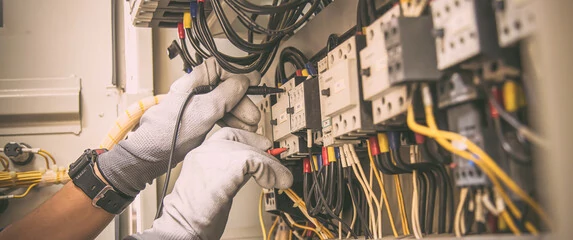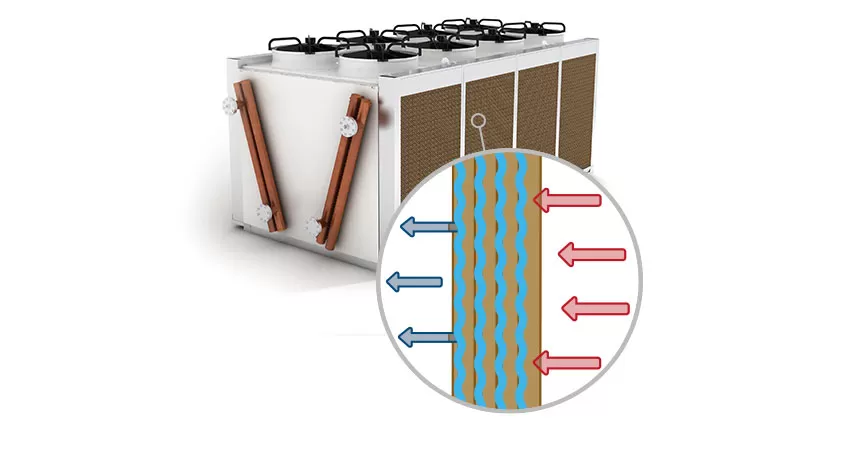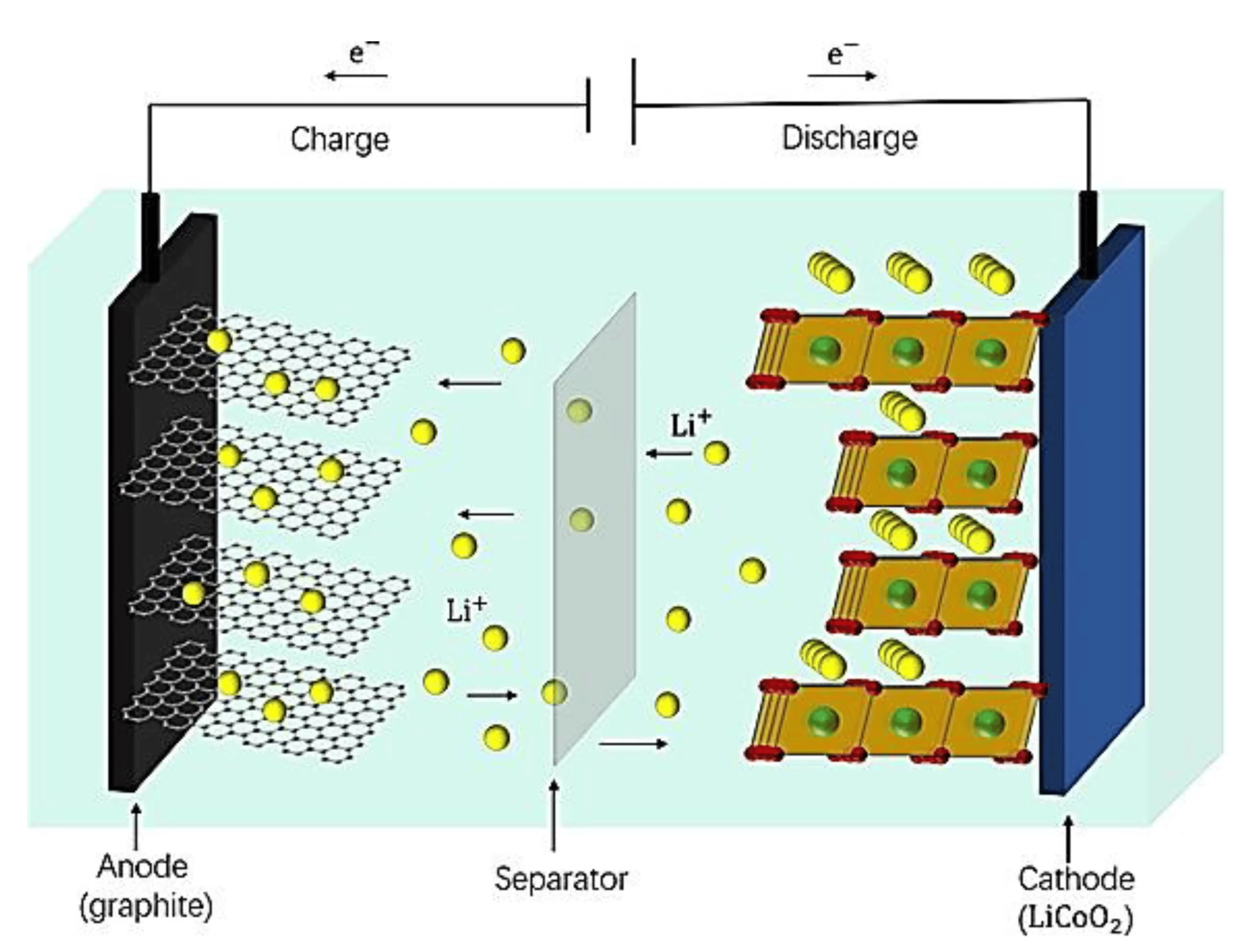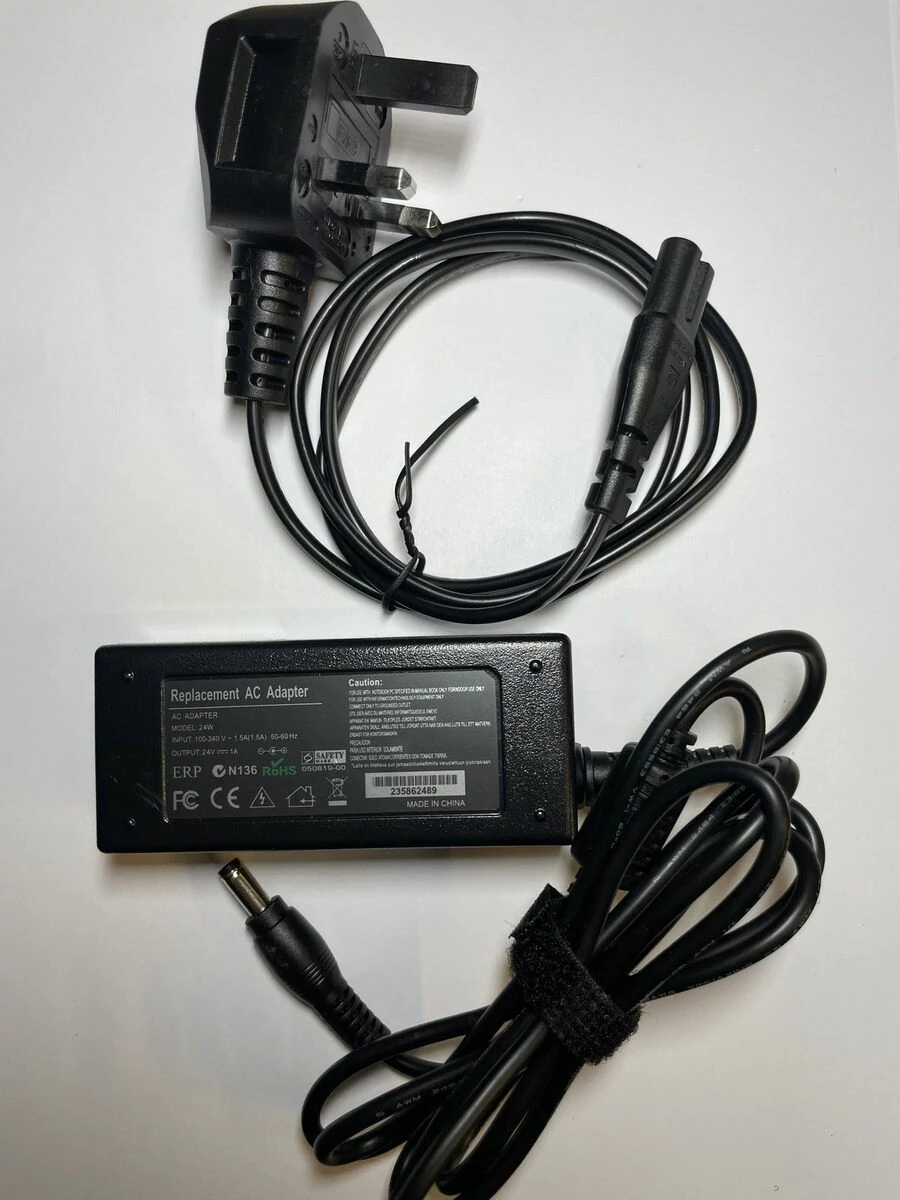Maintenance points of wireless interface in EPS system The wireless...
Detailed explanation of EPS AC charging interface
In the emergency power system (EPS), AC charging interface, as one of the main charging modes, carries the important task of providing reliable electric energy for the system. This interface allows users to charge EPS batteries over the mains network, providing a guarantee of power supply in the event of a power outage or other emergency. This article will introduce EPS's AC charging interface in detail, focusing on its different types, including Type 1 (SAE J1772), Type 2 (IEC 62196), and the North American standard.
Overview of AC charging interface
The main function of the AC charging interface is to convert alternating current from the power supply to direct current to meet the needs of battery charging. Due to the standardization of its design, the AC charging interface can usually be used on a variety of devices and charging piles, so that users can easily charge in different places. AC charging is slower than DC charging (DC charging), but its dependence on the power grid is relatively stronger, especially for long-term charging application scenarios. The following are the main types of AC charging interfaces.
Type 1 (SAE J1772)
The Type 1 interface is a standardized AC charging interface introduced by the National Electrical Manufacturers Association (NEMA) and is widely used in North America. The Type 1 interface is designed with five contact points and provides charging capability with a maximum access voltage of 240V and rated current of 40A. Its maximum power can reach 9.6 kW. The main advantage of this interface is that it is simple in structure, easy to use, and suitable for both personal and business users.
The appearance of the Type 1 interface reduces the compatibility problem between different electric vehicles (EVs) and charging facilities, making it easy for consumers to use charging stations. For EPS systems, the use of the Type 1 interface ensures extensive charging support in the North American market, while also improving the adaptability of the system.
Type 2 (IEC 62196)
The Type 2 interface is the standardized AC charging interface in Europe and other regions, according to the IEC 62196 standard developed by the International Electrotechnical Commission (IEC). The design of this interface is more complex, including seven contact points, and can support higher current and power, up to 400V, 63A current, power up to 43 kW. This high power output of the Type 2 interface allows for a significant increase in charging efficiency, especially for public charging stations and commercial electric vehicles.
For EPS systems, the use of the Type 2 interface provides superior compatibility and flexibility for the European market. Its intelligent charging function can also automatically adjust the charging power according to the load of the grid and the status of the battery, helping to extend the service life of the battery and improve the charging efficiency.
North American standard
In North America, in addition to the SAE J1772 standard, a number of local or manufacturer-specific charging standards exist. Tesla's charging port, for example, is an exception, with a proprietary connector design. However, Tesla vehicles in the North American market also support the SAE J1772 interface, which can be connected to a standard charging pile for AC charging through an adapter. The flexibility of the North American standard allows different EV manufacturers to interoperate through adapters, ensuring that consumers have smooth access to charging facilities no matter which EV they choose.
CONCLUSION
EPS's AC charging interface is an indispensable part of the electrical charging system, and different types of interfaces provide users with flexible choices. Whether it is Type 1 (SAE J1772) or Type 2 (IEC 62196), each interface has its own market and application scenario. Through the reasonable selection of AC charging interface, EPS system can play a greater role in power supply and meet the power needs of users in emergency situations. With the rapid development of electric vehicles and the corresponding charging infrastructure, AC charging interfaces will continue to evolve to meet the diverse needs of future power supply.
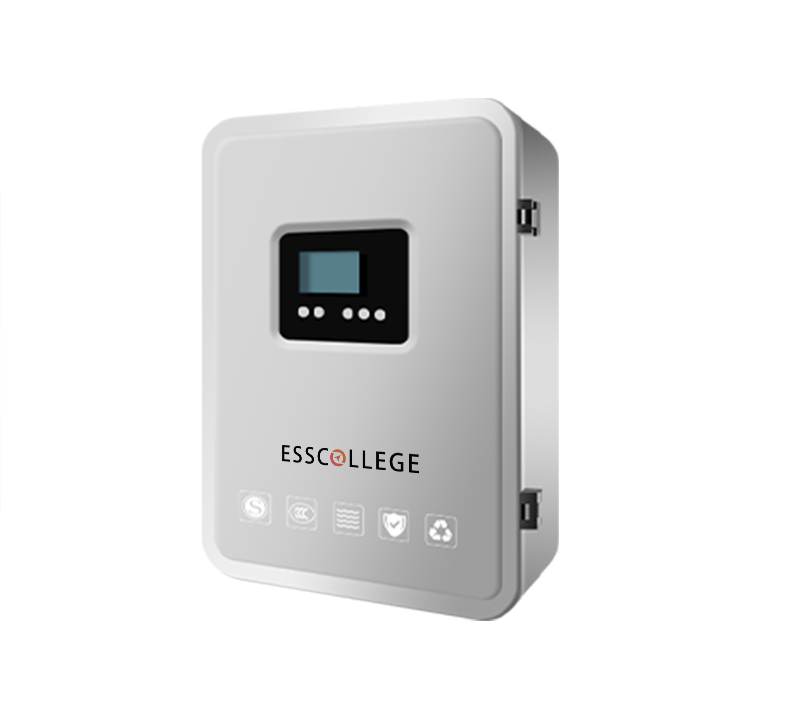
EPS BATTERY SERIES
The centralized power supply for fire emergency lighting is a kind of backup power supply equipment, which provides power guarantee for emergency lighting equipment to ensure that the on-site lighting equipment can operate normally in emergency situations such as fire. Provide a long-term backup power supply to meet the needs of the emergency lighting system.
Extended reading
Cooling systems for EPS inverters: key components and working principles
Cooling systems for EPS inverters: key components and working principles...
What is the practical application effect of polymer electrolyte in batteries?
What is the practical application effect of polymer electrolyte in...
The composition material of EPS AC charging interface
The composition material of EPS AC charging interface With the...
THE ESSC Brand promise
Global supply
Our products sell well all over the world, covering many countries and regions, through the global logistics network, to provide customers with convenient purchasing experience.
Rigorous quality
We adhere to the highest quality control standards to ensure every product meets industry regulations and customer expectations, earning trust through consistent excellence.
Excellent service
With a customer-centric approach, we provide prompt responses, professional support, and personalized services, aiming to deliver the best user experience and long-term value.
